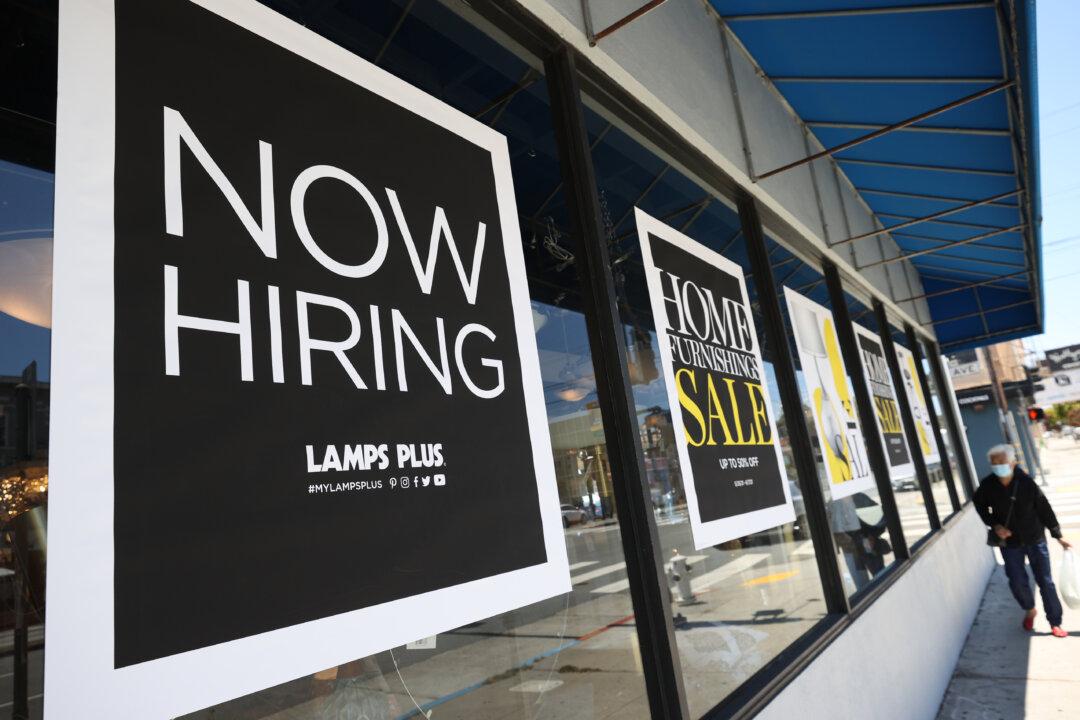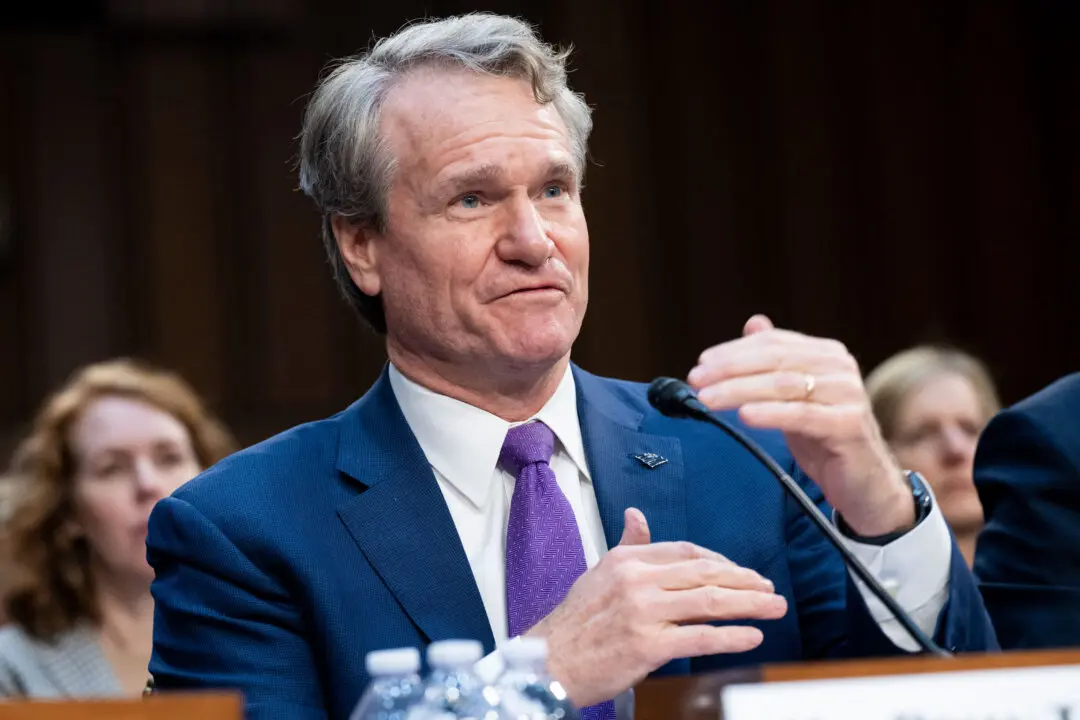The number of workers applying for unemployment benefits in the United States dropped sharply last week to a level not seen in over 50 years, suggesting businesses were holding on to employees amid a tight labor market.
First-time filings for unemployment insurance—a proxy for layoffs—came in at 199,000 for the week ending Nov. 19, the Labor Department said in a report (pdf). That’s a drop of 71,000 from the prior week’s revised level of 270,000 and well-below consensus forecasts of 260,000.





